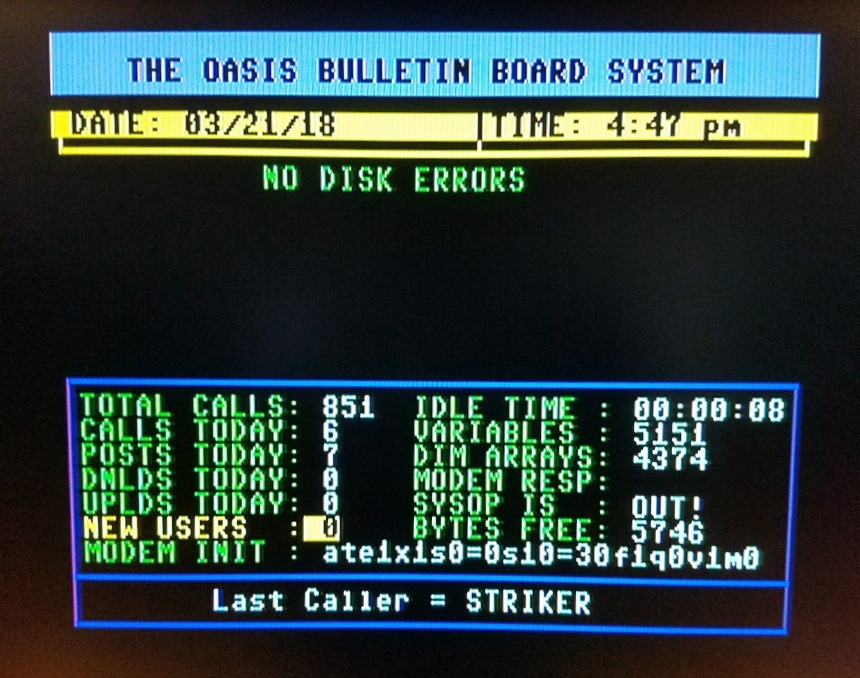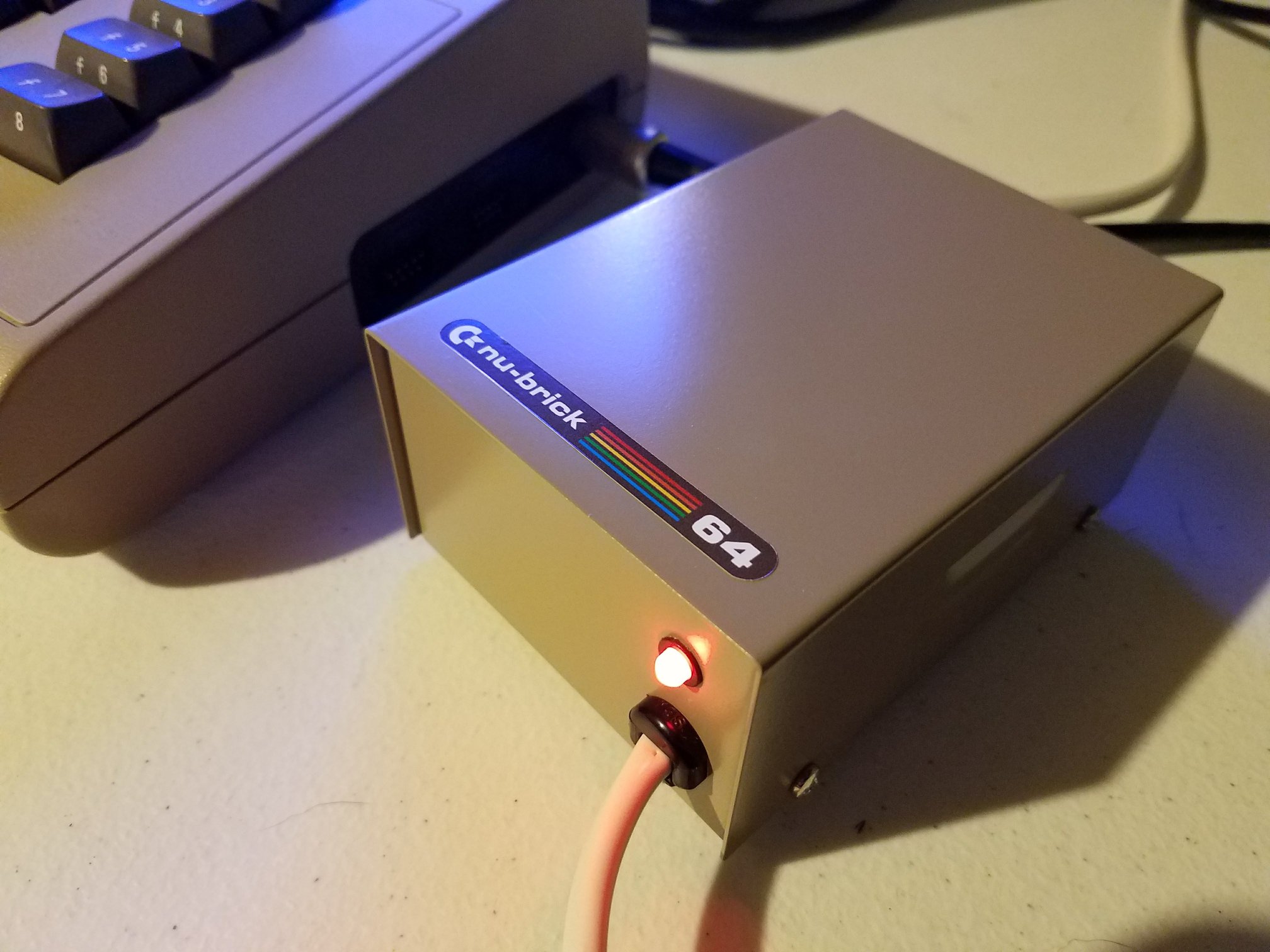In his latest video, Dr. Matt Regan builds an entire raster generator from scratch—using nothing but TTL chips and a finite state machine. This is part two of his ambitious series to recreate the Commodore 64 from the ground up. After nailing the CPU in part one, he’s now aiming squarely at video output. And in true DrMattRegan fashion, it starts with something as humble as a Knight Rider LED scanner and escalates into a full-blown NTSC video signal generator. Buckle up—because it’s all driven by the same underlying principle: the finite state machine.
Instead of flooding the viewer with textbook definitions, Matt uses hands-on circuit builds to show how a finite state machine can drive everything from LED patterns to digital clocks—and then stretch that concept into rendering images on a CRT. With clever use of an EPROM and some simple flip-flops, he transforms basic logic gates into a working raster display. Not simulated. Not emulated. Real signals. Real hardware.
The episode covers how timekeeping logic—originally designed to track minutes and hours—can double as screen timing for character rows and scanlines. Then, by adding a shift register, Matt gets pixel data streaming one bit at a time from a ZX Spectrum image. Jet Set Willy appears on-screen. The kicker? It’s all running on the same exact hardware that was showing a 24-hour digital clock just moments earlier. That’s the power of modular, ROM-swappable finite state machine design.
Click Here to watch Part 1 of this series.







